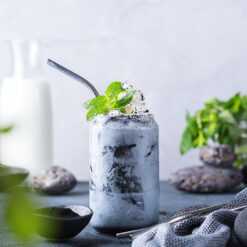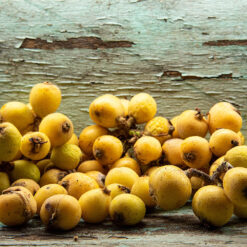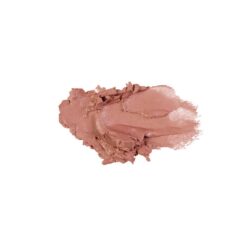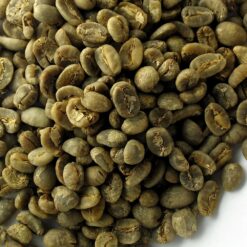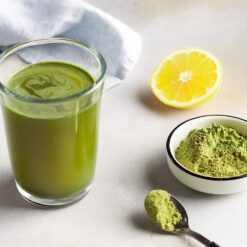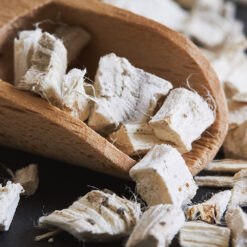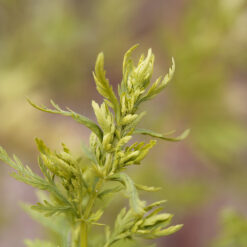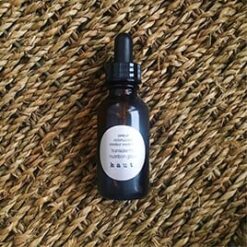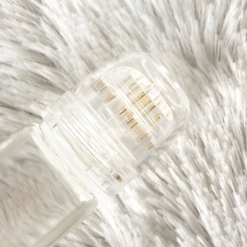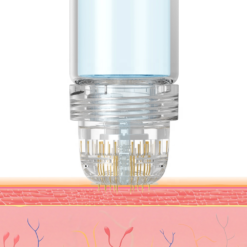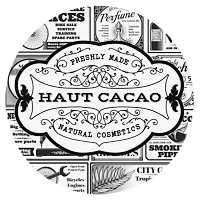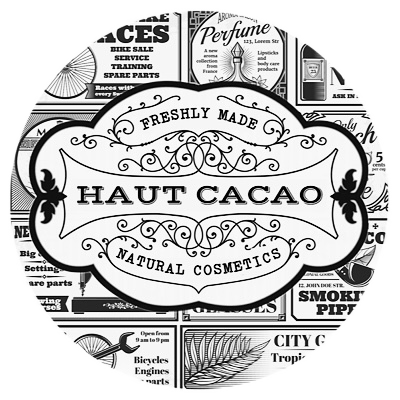ingredients
Pure certified organic kelp (Ascophyllum nodosum) from the Atlantic coast of Canada
capsule: plant based capsule: fermented tapioca starch, water, locust bean gum
100% organic or wild crafted, gluten-free, vegan, gmo-free
not for pregnant or nursing mothers
benefits
The source/brand of kelp matters
The reason is that some brands do not work as well. They may be intentionally poisoned or have other problems. Ascophyllum nodosum, which is a wrack, works really well.
unique benefits
Everyone today is low in minerals, due to modern agricultural methods, depleted soils, food processing, weak digestion, and perhaps other reasons. Kelp is well known as an excellent source of many trace minerals. There are few such sources anywhere on earth. Parkinson’s Disease is linked to exposure to heavy metals.
Besides the well-known trace elements such as iron, copper, zinc, manganese, chromium and others, kelp supplies many of the ultra-trace minerals such as germanium, iridium, rubidium and others.
Kelp also supplies, calcium, magnesium, sodium, sulfur and other macrominerals the body needs.
Kelp versus other mineral supplements
Kelp is rich in iron, calcium, magnesium, with some zinc and selenium, but low in copper. This is quite a good blend of minerals and one of the main reasons why I prefer kelp to other “mineral supplements”.
Kelp is also a food, so the body is more able to selectively absorb what it needs from it. Kelp is also an all-natural product, which avoids some toxicity.
Readily available calcium
This is a complex phenomenon because many foods contain calcium. However, I find that kelp, carrots, carrot juice, sardines and raw dairy contain the most usable forms of calcium. The calcium found in pasteurized and homogenized dairy, in seeds and nuts, and in a few other foods is not as well utilized by most people.
Bioavailable iodine. This is kelp’s best known benefit. Kelp is rich in iodine, and everyone needs more iodine. The reason is the overwhelming amount of iodine antagonists present on planet earth today. These are bromine in breads and soda pop, chlorine in drinking water and elsewhere, and fluorides in water supplies and foods.
The iodine antagonists interfere with our iodine uptake and utilization, causing widespread thyroid problems in most women, especially. It also causes many other health problems, as well.
Fish and seafood are other good sources of bioavailable iodine. However, they are too high in mercury to be eaten regularly today. Iodized salt provides some iodine, but is not enough, in almost all cases. Also, the iodine in salt is not that well utilized.
Some doctors prefer not to use kelp because the amount of iodine in kelp can vary greatly. This is a concern, but not a major concern because kelp is a natural food and from our research, so far, the body seems able to regulate the amount of iodine absorption.
Why kelp and not other iodine preparations? I prefer Kelp instead of Iodoral, Lugol’s solution, Prolamine Iodine, or other iodine preparations because:
1. Safety. The right brand of kelp is less toxic. All the other iodine preparations listed above seem to build up in the liver to some degree, indicating some toxicity.
2. All single-mineral products can interfere with the absorption of other minerals. Minerals all compete for absorption to some degree. Taking a balanced food such as kelp, rather than a single mineral product, appears to be much safer for long-term use, which most people need.
3. Kelp is more yang. This is important, although it may sound a little esoteric. The bodies today are all yin, and taking yin supplements always weakens them further.
Kelp is significantly more yang because it is a natural food, and it naturally contains a lot of salt, which is yang.
4. Kelp contains at least 20 trace minerals, plus other nutrients, so it serves several nutritional purposes at the same time.
5. Kelp is much less expensive than some other iodine products, especially considering that it is a whole food and “green food” supplement as well as a source of iodine.
NOTE: In a few rare cases, I found that Lugol’s solution or Iodoral was needed for a short time to prevent goiter. After the body heals and becomes more balanced, this was no longer the case.
2. KELP IS A GOOD OVERALL NUTRITIONAL SUPPLEMENT
Kelp is a source of:
1. Minerals, as explained above.
2. Protein. One hundred grams of kelp also contains 1.7 grams of protein.
3. Some vitamins A, B, C, D, E, and K. Kelp is also particularly rich in folate.
4. Soluble fiber.
5. Many other phytonutrients.
6. Fatty acids. Kelp contains some fatty acids, including a little of the omega-3 fatty acids, and others.
Why kelp and not other green superfoods?
I prefer kelp to the other ‘superfoods’ because:
1. Kelp is much more yang. As mentioned above, this is very important. The other “green superfoods” are much more yin, which is harmful, even if they are very nutritious.
2. Kelp keeps its potency better and does not turn rancid nearly as easily. The high salt content of kelp acts as a natural preservative.
Exposing dried vegetables, especially powders, to the air causes them to break down quickly and some will turn rancid. All green superfoods should always be in capsules and preferably kept in the freezer. However, very few of them are sold this way.
3. Kelp does not contain spirulina, chlorella or blue-green algae. These common algaes are somewhat toxic for human beings. They build up in the liver, indicating they are not too compatible with human physiology, no matter what nutritional benefits they may offer.
4. Kelp has much more iodine, and I find this is absolutely needed today.
5. Kelp is less expensive.
Why kelp and not other sea vegetables?
Kelp is not the same as bladderwrack, Irish moss, dulse, nori, hiziki, wakame and many other sea vegetables, so do not confuse them.
The main difference, for therapeutic purposes, is that the brands of kelp I recommend have lower levels of toxic metals and a much higher alginate content. The alginates in kelp help bind the mercury and other toxic metals found in all products from the sea.
This is important because eating the other sea vegetables, as with eating much fish at all, will result in mercury and arsenic toxicity, unfortunately. I do not recommend the other sea vegetables, except for occasional use, and I do not recommend any fish or seafood except for 3-4 cans of sardines weekly for adults, due mainly to the mercury problem in all products from the sea.
3. A MORE YANG FOOD AND FOOD SUPPLEMENT
As mentioned above, kelp is a very yang product, meaning rich in salt, exposed to a lot of sunshine, and of a more contracted, “drier” nature when the water is expelled from it. Such qualities are needed today because most food has become far more yin or expanded and cold, thanks to genetic modification and other reasons such as pesticide use.
Kelp is therefore a balancing food and this may be one reason why it seems to work so well with so few problems, in our experience.
The yang quality of kelp does, however, make it a more powerful therapeutic food, and this could be one reason why it causes more reactions than eating broccoli, for example. This may also be a factor in why the toxic metals in kelp, in particular, are not well-absorbed. This will be researched more in the future.
CAUTIONS WITH KELP
THE MERCURY AND ARSENIC PROBLEM IN KELP
A drawback of kelp and all sea products is the presence of toxic metals, mainly mercury and perhaps arsenic. However, I have not found that our clients’ hair mercury or arsenic levels rise due to taking kelp at up to 4000 mg daily.
In contrast, ingesting other sea vegetables such as dulse, wakame, nori and others does raise the hair mercury level. The reason for the difference is that kelp contains more alginates that bind to mercury and prevent its absorption.
REACTIONS TO KELP
Two situations seem to cause reactions to kelp.
1. Hyperthyroidism or Grave’s disease. Individuals with this condition often need to avoid kelp completely until the condition has resolved using a complete nutritional balancing program. All cases, so far, have gone away on this program.
However, when hyperthyroidism is present, kelp is usually not well-tolerated. For more details, read Thyroid Disease, Hyperthyroidism, and Hyperthyroidism Interview on this site.
2. A detoxification reaction. Occasionally, a person has a purification reaction when starting to taking kelp. The usual symptoms include irritability, perhaps nausea, and the typical ‘herx’ reaction symptoms.
These reactions are temporary and they are healing reactions. Most are due to the removal of toxic elements such as mercury, chlorine, bromine and fluorine compounds from the body. Usually, one just needs to reduce the dose for a while, and then work up slowly. One man reported a reaction to kelp that went away when he took zinc along with kelp.
Everyone seems able to take kelp, eventually, if the person follows a nutritional balancing program. Some people must go easy at first, but everyone eventually seems able to take it.
dosage + transdermal options
internal whole food supplement
If taking this supplement internally always start with 1 capsule and work up to 2 capsules on the second or third day if you are feeling well. If you feel any negative symptoms then go back to 1 capsule. Every individual has a different toxic load so listen to your body.
A single capsule is approx. 735 mg. Adults can usually take at least 750mg of kelp daily and up to about 4000 mg, preferably with meals. That is how deficient many people are in iodine and the other minerals found in kelp. 4000 mg is about 6 capsules daily.
Capsules, tablets, granules or powder. Kelp capsules are better than tablets because capsules are larger, so fewer are required. Powdered or granulated kelp is okay, but it does not taste good so the capsules are better for this reason, as well.
transdermal therapy:
mix 1 capsule with IV bullet-proof mist for body or supernatural oxygen castor oil pack and paint onto body like you would paint a mask on the face. Like a castor oil pack you can paint over the liver area or abdomen. You can do this in a shallow bath
